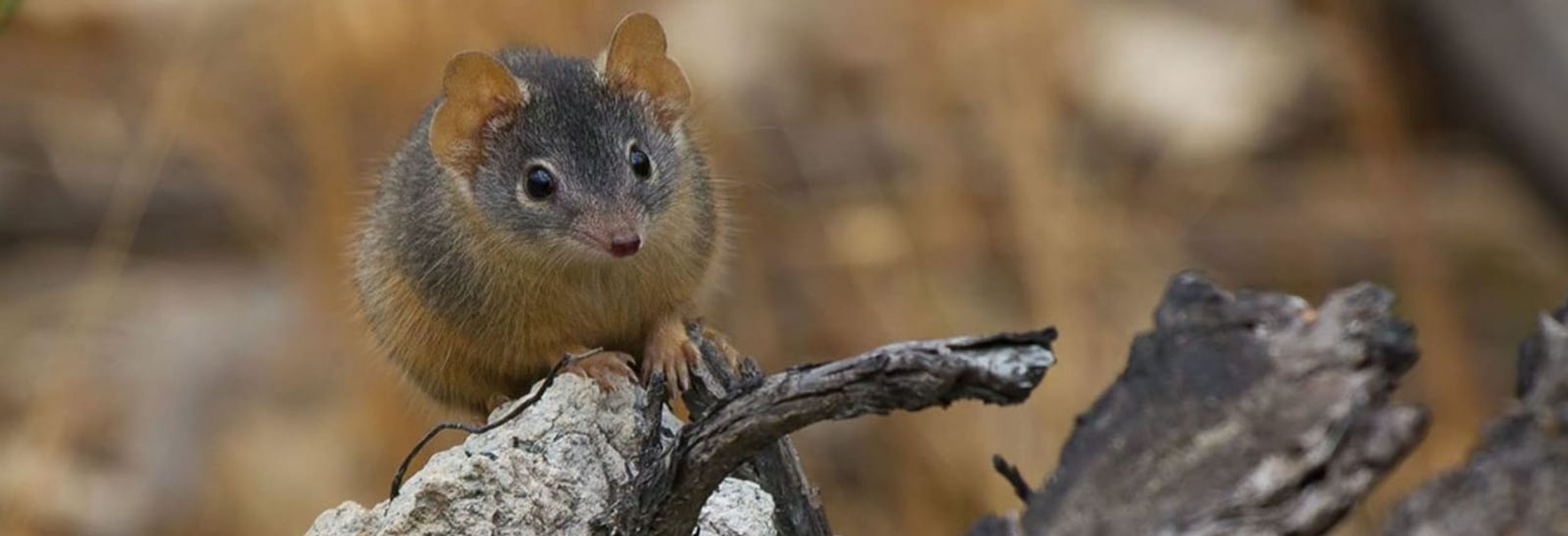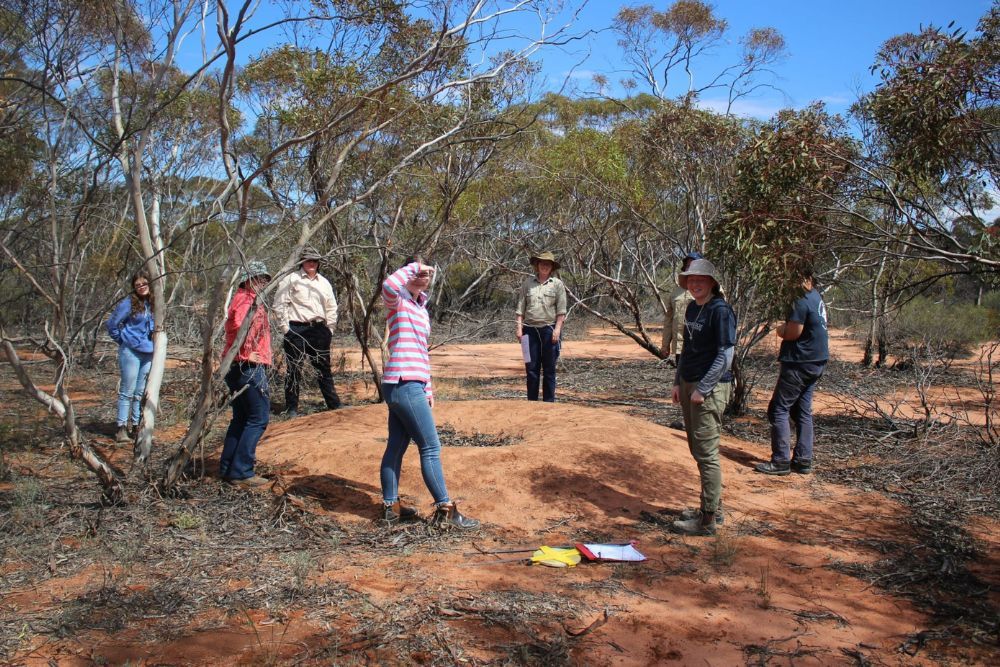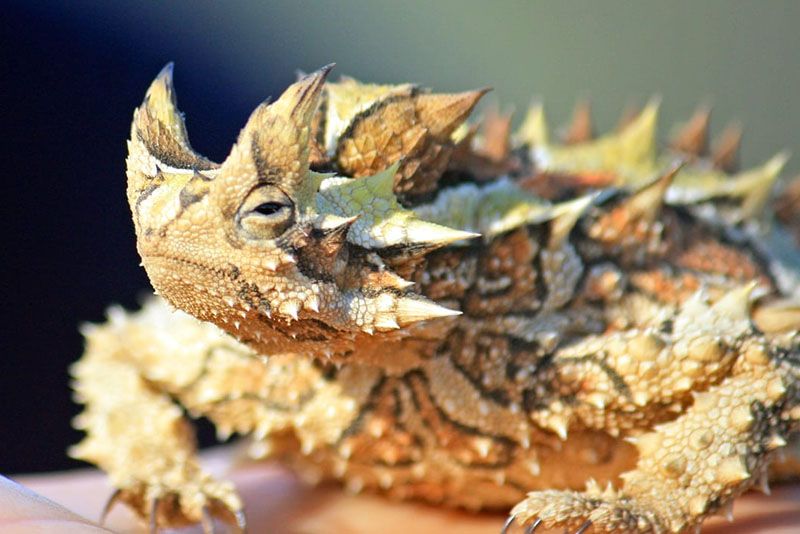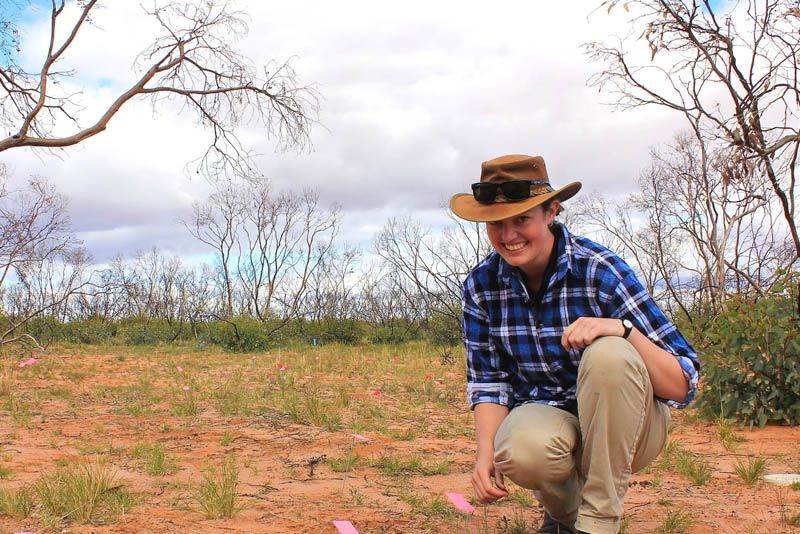Why Does it Matter
Biodiversity is the very fabric of the Earth. It is diversity in plants and animals that enables ecosystems to function. Yet, one eighth of the world’s species – more than a million – are threatened with extinction.
In Australia, we are renowned for our unique wildlife with more than 70% of our species (69% of mammals, 94% of amphibians, 46% of birds and 93% of reptiles) found nowhere else on earth. But, we also have the highest rate of vertebrate mammal extinction in the world.
The greatest threats facing our plants and animals are changes in land and sea use; direct exploitation of organisms; climate change; pollution; and invasion of alien species.
Earthwatch is working with scientists and communities to understand the declines and how we might all take part in reversing them, so that we can live in balance with nature.






